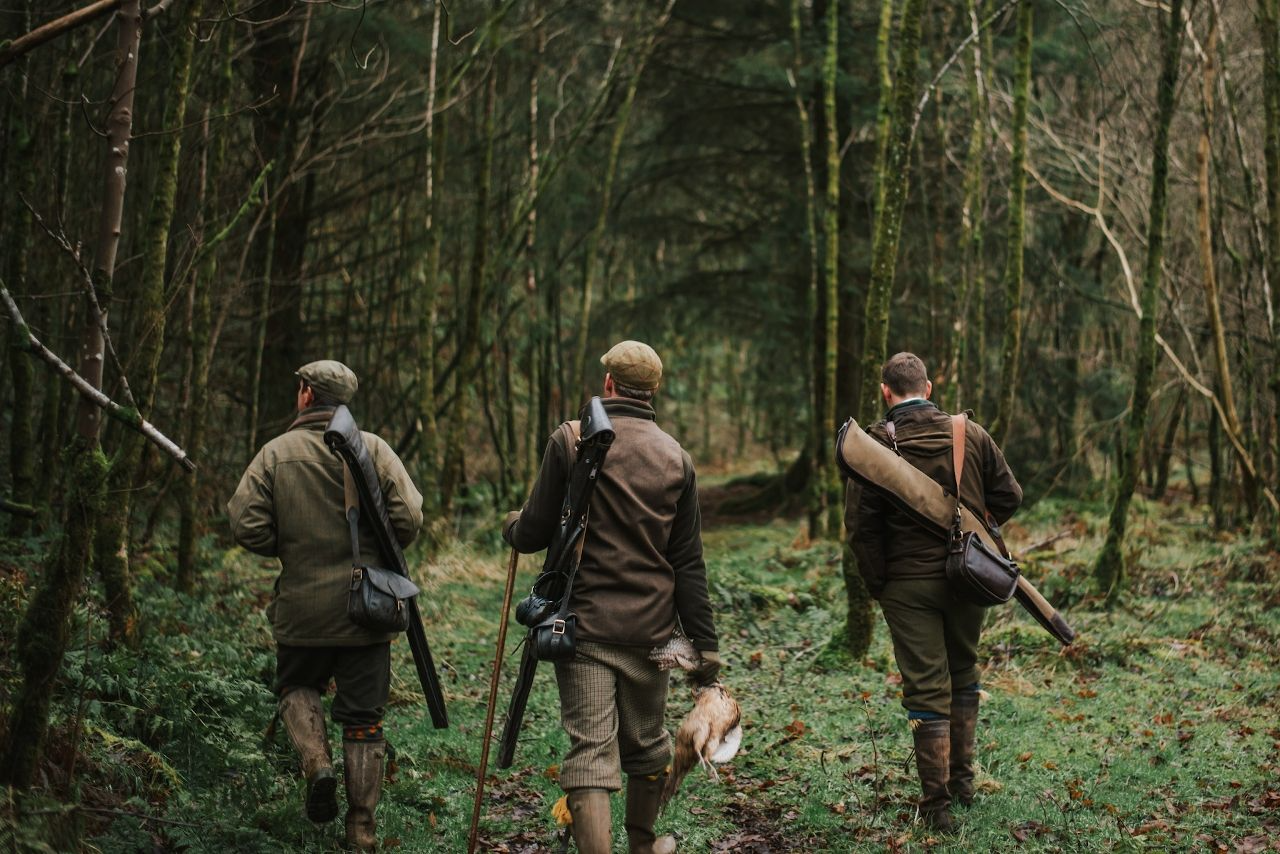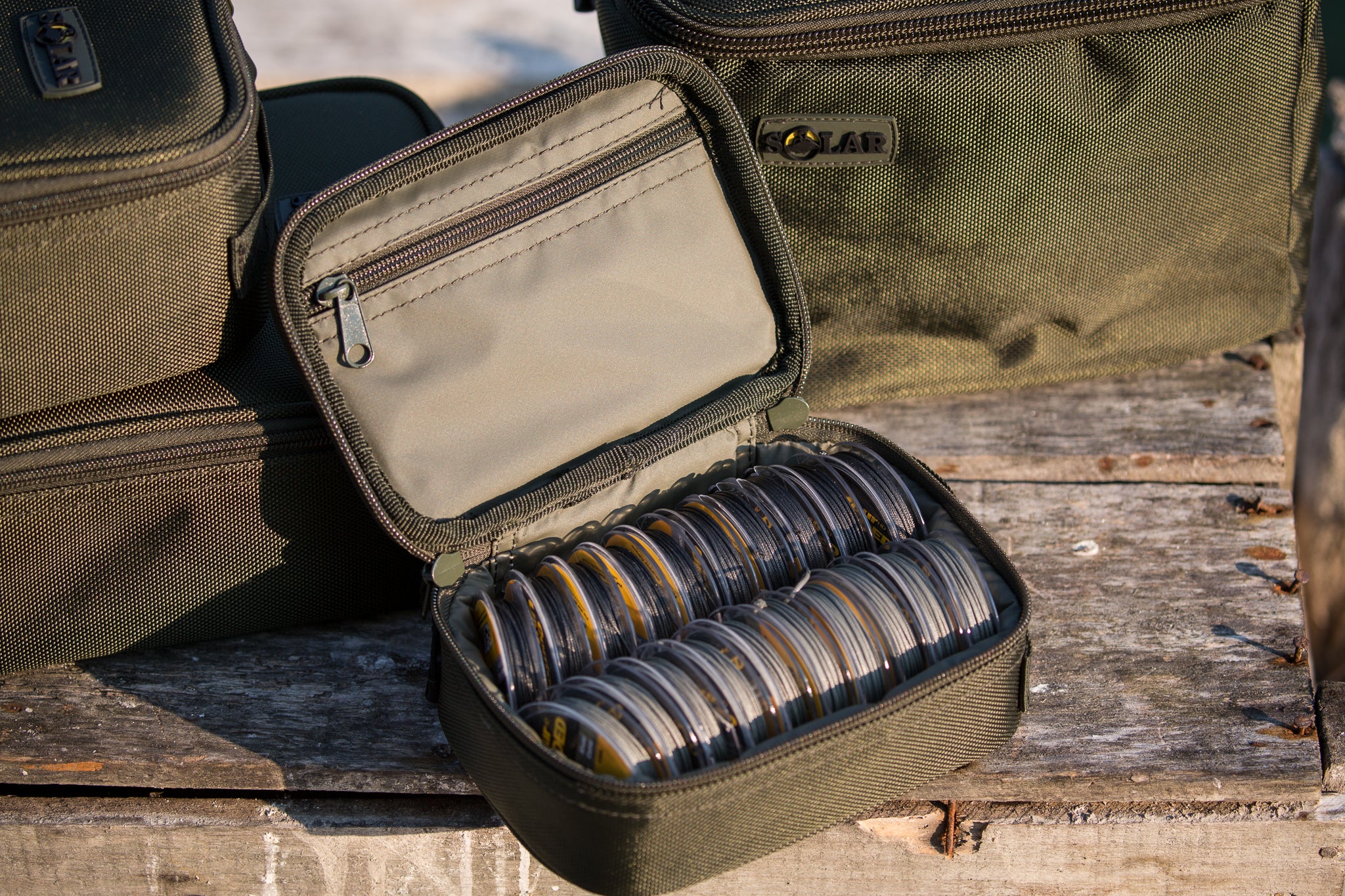fishing ·
fishing as a hobby ·
fishing for beginners ·
Fishing strategies ·
Fishing techniques ·
Ice fishing ·
Ice fishing safety: tips to stay safe on frozen lakes and ponds
When it comes to embracing the thrill of ice fishing, ensuring safety is paramount. The frozen lakes and ponds may offer a serene backdrop for your angling adventure, but without the right precautions, it can quickly turn into a perilous situation. We, as seasoned anglers and safety advocates, present a comprehensive guide to safeguard your ice fishing escapades.
Ice fishing safety: tips to stay safe on frozen lakes and ponds
Understanding ice conditions
Before embarking on your ice fishing expedition, knowing the thickness of the ice is crucial. Ice thickness varies, and a reliable rule of thumb is a minimum of four inches for walking alone, five inches for a snowmobile, and eight to twelve inches for a small car. Always measure ice thickness using an ice auger and a measuring tape at various points on the lake.
Ice color can reveal a lot about its safety. Clear blue ice is generally the strongest, while white or opaque ice may signal potential hazards. Be cautious around gray ice, as it indicates the presence of water, suggesting a weaker structure. This keen observation can be a game-changer in ensuring your safety on the frozen water.

Essential safety gear
Your choice of gear can significantly impact your safety on frozen lakes. Opt for high-quality ice fishing equipment, including an ice auger, ice picks, and a sled for easy mobility. A reliable set of thermal clothing, waterproof boots, and gloves are essential to protect against the biting cold.
For an extra layer of security, consider investing in a floatation suit. These suits not only provide insulation but can also keep you afloat in case of an unexpected break in the ice. Safety should never be compromised, and a floatation suit can be a lifesaver in challenging situations.
Weather awareness
Ice fishing is as much about weather conditions as it is about the catch. Stay abreast of the current and forecasted weather to anticipate any changes in ice conditions. Sudden temperature shifts, strong winds, or heavy snowfall can impact the integrity of the ice. Always prioritize your safety by staying informed.
For a more precise understanding of the weather conditions at your fishing spot, consider utilizing portable weather stations. These compact devices provide real-time data on temperature, wind speed, and atmospheric pressure. Armed with this information, you can make informed decisions to ensure a secure ice fishing experience.
Emergency preparedness
Prepare for the unexpected by carrying a well-equipped safety kit. Include essentials such as first aid supplies, a thermal blanket, and a multipurpose tool. Being proactive in emergency preparedness can make a significant difference in ensuring a safe and enjoyable ice fishing outing.
In the event of an accidental breakthrough, knowing self-rescue techniques is vital. Practice using your ice picks to pull yourself back onto the ice and familiarize yourself with the proper procedure for helping others in such situations. Quick and efficient response can be a lifesaver when minutes count.
Conclusion
Embarking on an ice fishing adventure is exhilarating, but safety should always be the top priority. By understanding the nuances of ice conditions, investing in quality gear, staying weather-aware, and being prepared for emergencies, you can transform your ice fishing experience into a secure and enjoyable endeavor.























